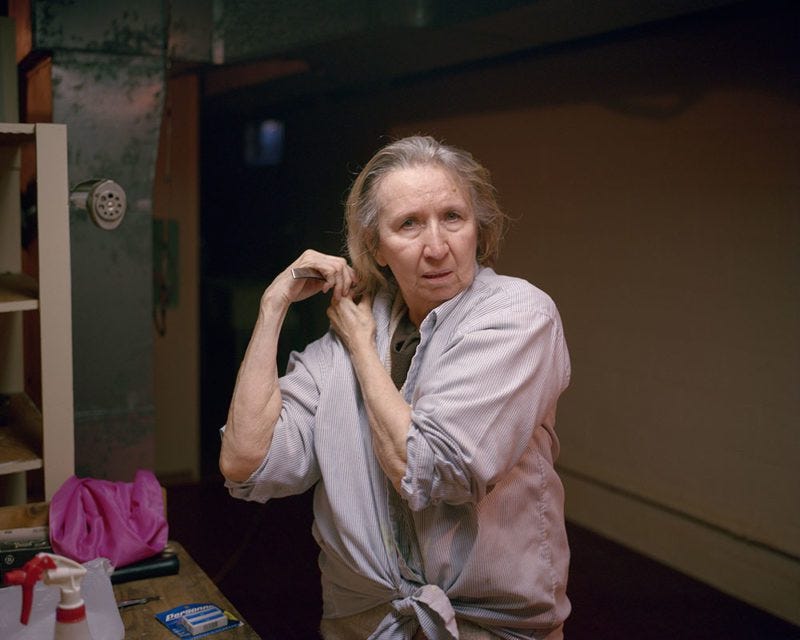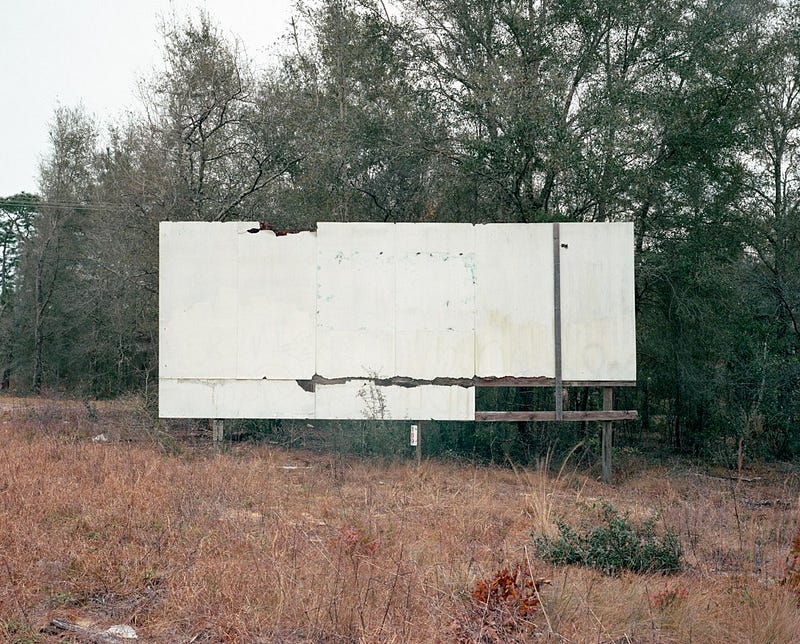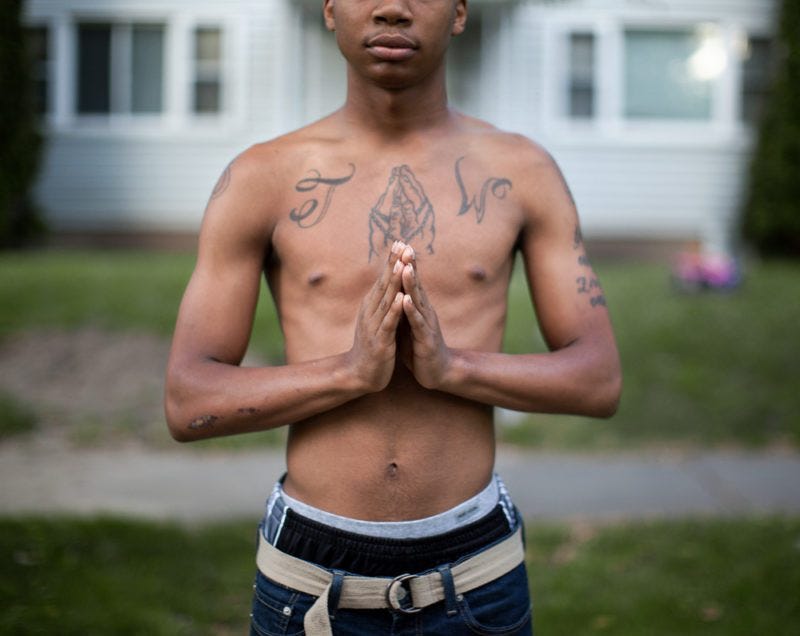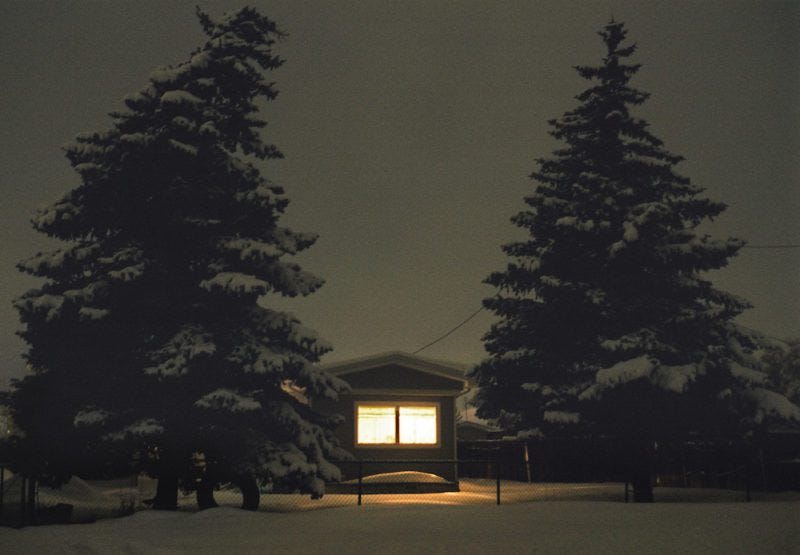Sad Things by Rachael Banks is everything that makes up a photograph but in sum, not photographic. A camera was utilized and the resulting objects were photographs — depictions of heartbreak, loss, violence, possible addictions, some love and some anger as the content conveys.
But Sad Things is not about the photograph as an object nor the objects captured as photographs. Rather, it is all these things as they are — unsorted memories and that which might inform a photographic dialogue — reproduced, printed and bound.
Zora J. Murff’s Corrections considers a problem of looking — a societal shortcoming — as evidenced by portraits of individuals with faces obscured and photographs of things and places that regard our willful neglect to look not just at individuals subject to criminal prosecution, but also our own vision in need of correction.
Corrections presents the reader with a problem — how to look at portraits of people without identity — that without faces, feel incomplete. And in turn then, poses the question of how to correct our ability to see objectively when looking at that at which we do not know how to look.
 A BRIEF INTERVIEW WITH SAMANTHA BELDEN
A BRIEF INTERVIEW WITH SAMANTHA BELDEN
“When I started photographing my family I wanted to make my project that was more complicated than photographs of my entire family or even photographs of one family member, so I decided to photograph myself, my mother, and my grandmother.
I wanted my viewers to have the ability to observe three generations of women at different transitional stages of life. When I think about my statement “As I look at my grandmother, I see my mother and in my mother, I see myself,” it exemplifies my thoughts on my relationships with my mother and my grandmother and how we continuously influence each other.”
 A BRIEF INTERVIEW WITH ADELE WATTS
A BRIEF INTERVIEW WITH ADELE WATTS
“To be asked to speak to the relationship of photography to the past is an intricate task to for me to try to unravel here, but I can of course share some of my thoughts with you. I Remember, has indeed been a search for clarity.
By using photography I am building another image for myself of my mother, and reconciling past perceptions and my own history.”
 A BRIEF INTERVIEW WITH MICHAEL ADNO
A BRIEF INTERVIEW WITH MICHAEL ADNO
“[T]he dissemination of an image and how that’s looked at is very much analyzing it. … what I see as granular detail, narrative, and specificity ultimately become increasingly abstract.
We like to project onto a photograph. We feel compelled to find narrative in what we see, even if a still life.”
 A BRIEF INTERVIEW WITH ZORA J. MURFF
A BRIEF INTERVIEW WITH ZORA J. MURFF
“Forces seen and unseen influence our collective sight. The stigma inherently provided by the system provides us with a threshold to judge the character of others, while individual experience shapes our aspirations, choices, and self-image — our actual character.”
 A BRIEF INTERVIEW WITH PARKER C. HILL
A BRIEF INTERVIEW WITH PARKER C. HILL
“I’m just trying to tell little stories with my pictures. I think ‘documentary’ has a connotation of having some allegiance to the truth. My allegiance is more towards a compelling scene.”
 A BRIEF INTERVIEW WITH ALISON POSTMA
A BRIEF INTERVIEW WITH ALISON POSTMA
“I think that photography is very interesting because of its accessibility — anybody can take a photo, and anybody can relate to photographic images.
Photographs come with a certain set of assumptions; we often hold them in a special place where we associate photographed things with value. By choosing to photograph things we see every day, the objects are immediately elevated to the status of something worth capturing.”




